In only four years from the launch of the first Liberty Ship, Patrick Henry, 2,708 vessels of that type were launched. The vast majority were simple general cargo ships, boxes capable of carrying 10,000 tons of material across the oceans at 11 kts. These formed the backbone of the Allied merchant fleet that carried 203,522,000 tons of dry cargo from the United States overseas during the period between the attack on Pearl Harbor and the Japanese surrender. But break-bulk cargo was far from the only thing that needed to be moved overseas.
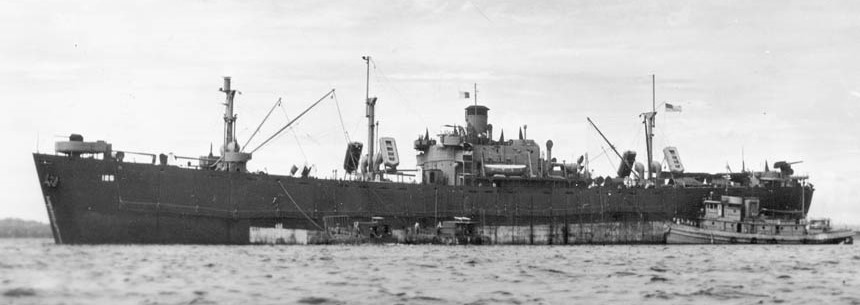
USS Porcupine, a Liberty Tanker
The second-largest category of cargo that needed to be moved was liquid in the form of petroleum products, a total of 64,730,000 tons during the war.1 Tankers were a favorite target of the U-boats, and it took until February 1943 for construction to consistently outpace losses. The Maritime Commission preferred the fast T2 tanker, but in late 1942, necessity forced the conversion of Liberty Ships to tankers. To disguise them, they retained dummy cargo-handling gear, and often carried deck cargo such as vehicles. All of the plumbing for the tanker role was hidden underneath the deck, with bulkheads built into the cargo holds to form 18 tanks. Ultimately, 62 of these tankers were built at New Orleans and California Shipbuilding, and gave good service, although most were converted back to dry cargo duties postwar. 18 of these were taken over by the Navy as the Armadillo class, used to carry fuel to rear areas, mostly airbases in the Pacific.
A few other specialized Liberty variants were built. One type was a class of twenty colliers, designed to replace the aging fleet that operated on the eastern seaboard. These were rather different from the typical pattern, with the engines relocated to the former No. 5 hold, and extra ballast tanks alongside the holds to maintain stability even when empty. Accommodations could be sealed to prevent coal dust from getting in, and all of the ships had names ending with Seam. Other ships were modified with different hold layouts and alternate cargo-handling equipment to transport boxed aircraft or tanks. 36 of the former and 8 of the latter were built, although most were delivered fairly late in the war.
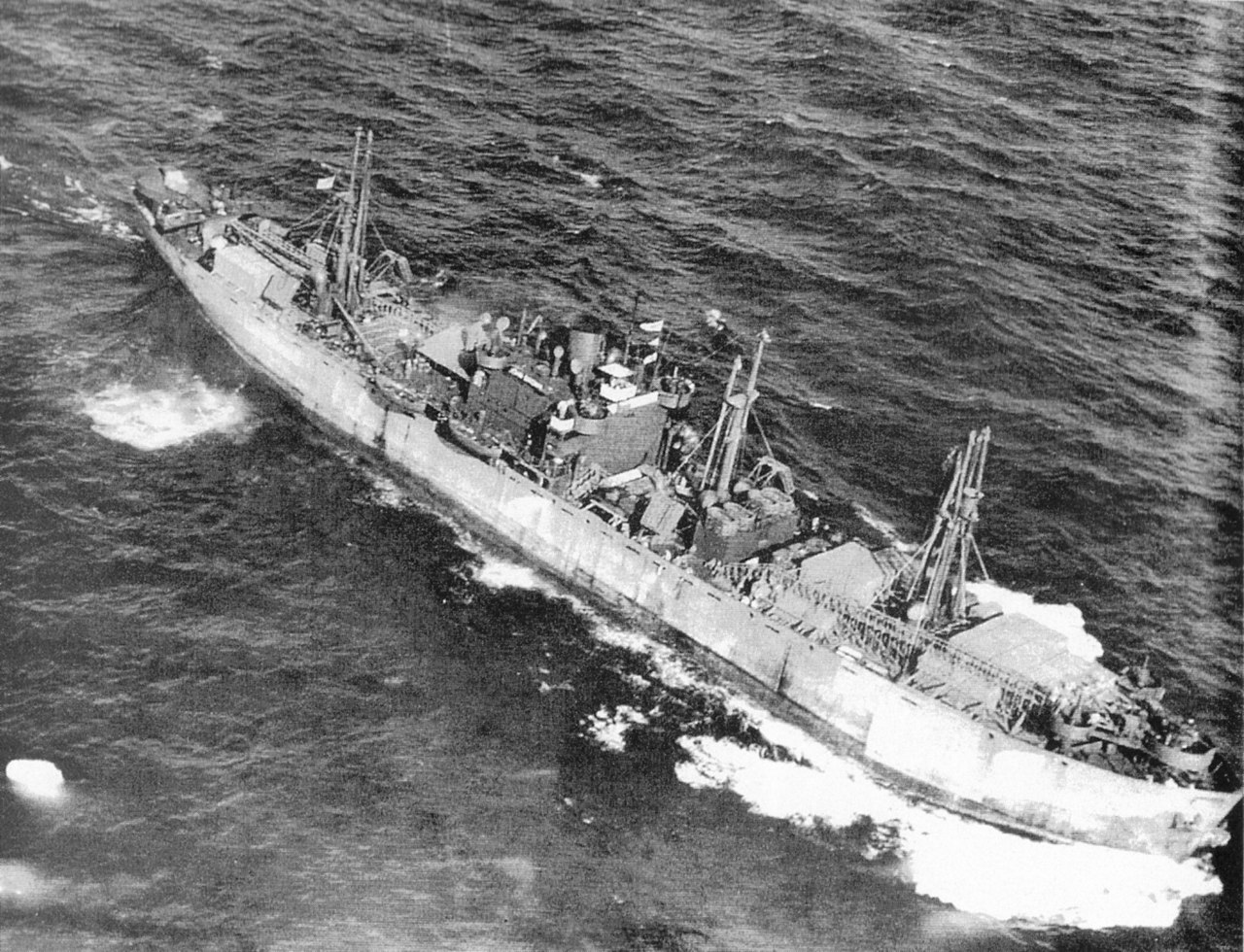
SS John W. Brown, a Liberty Ship modified for use as a troop transport
Other types were converted to specialized roles after delivery. The most common were troopships, with several hundred modified for this mission at some point or another throughout the war, and with varying degrees of sophistication. The first batch were converted in the aftermath of the North African campaign to carry home several hundred POWs each in removable bunks on the tween decks. More sophisticated facilities were fitted to a small number of ships, most used for short hauls around the American coast. In the wake of the cracking issues experienced by a number of welded ships, Libertys capable of carrying troops were fitted with reinforcing beams in the bottoms, despite the lack of evidence that buckling of the bottom was cause and not effect of the problems. Later, even more Libertys were converted to carry passengers, first in an effort to transfer troops from Europe to the Pacific and then to bring the men overseas home as quickly as possible. But Libertys were never very popular as troopships, thanks to their slow speed. Only one, Prince Georges, was given a full conversion, and she was so unsatisfactory that she was soon converted back into a cargo transport. Some of this was down to the slow speed of the Libertys, as both the Army and Navy preferred 16-kt ships for troop transport.
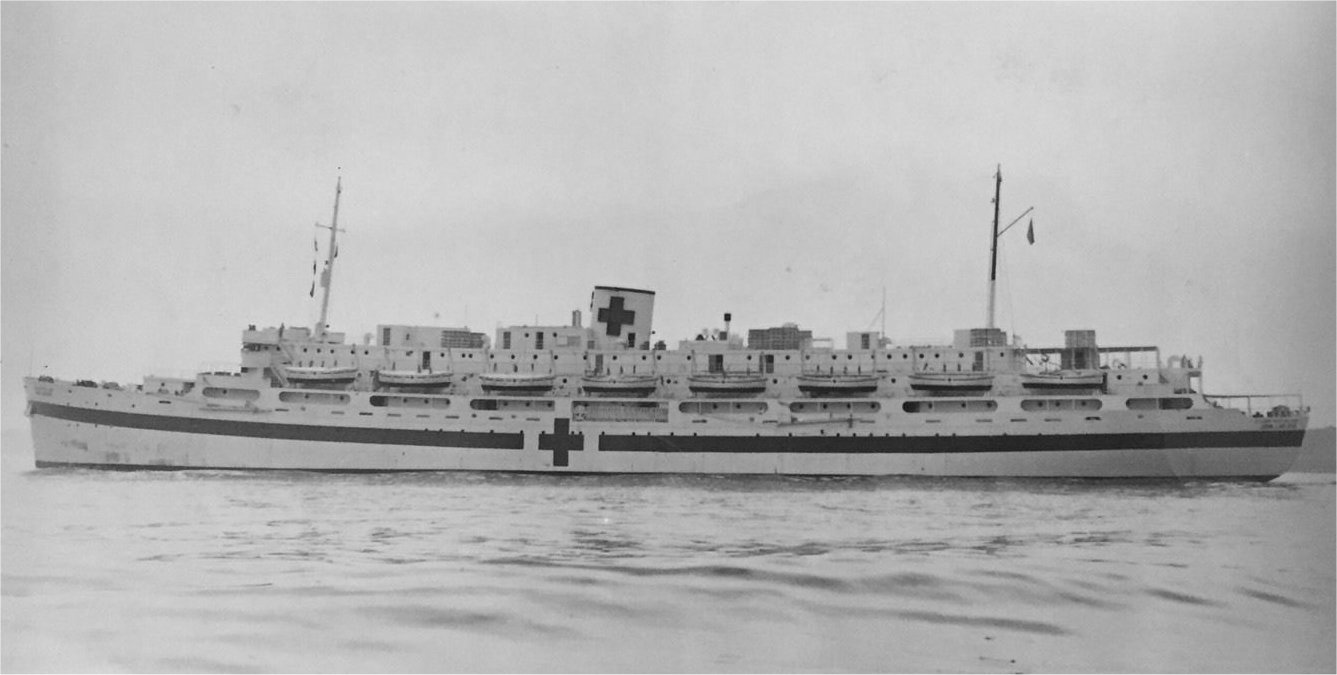
Liberty hospital ship John J. Meany
The most complete passenger-carrying conversions were those given to six vessels turned into hospital ships by the Army. These were primarily used for bringing casualties back from forward hospitals to the US, although one, John J. Meany, took casualties straight off the beach during the invasion of southern France. The conversion was extensive, involving taking the vessel down to bare hull and engine and adding 44 wards, 35 rooms for medical staff and 41 for the ship's crew. Medical facilities included 2 operating rooms, 2 dispensaries, a pharmacy, a dental clinic, morgue, autopsy, X-ray, and cells for violent mental patients. Medical staff would be 17 officers, 39 nurses, and 159 enlisted men to take care of up to 595 patients, with two chaplains, 2 Red Cross workers and a ship's crew of 131. Supporting all of this were extensive auxiliaries, including a distillation plant capable of producing 160 tons of freshwater a day, and generators that could power 750 homes. Extensive structural work was also done aboard these ships in the aftermath of the cracking, including the installation of riveted "crack arrestors" that would prevent any cracks which did form from spreading too far.
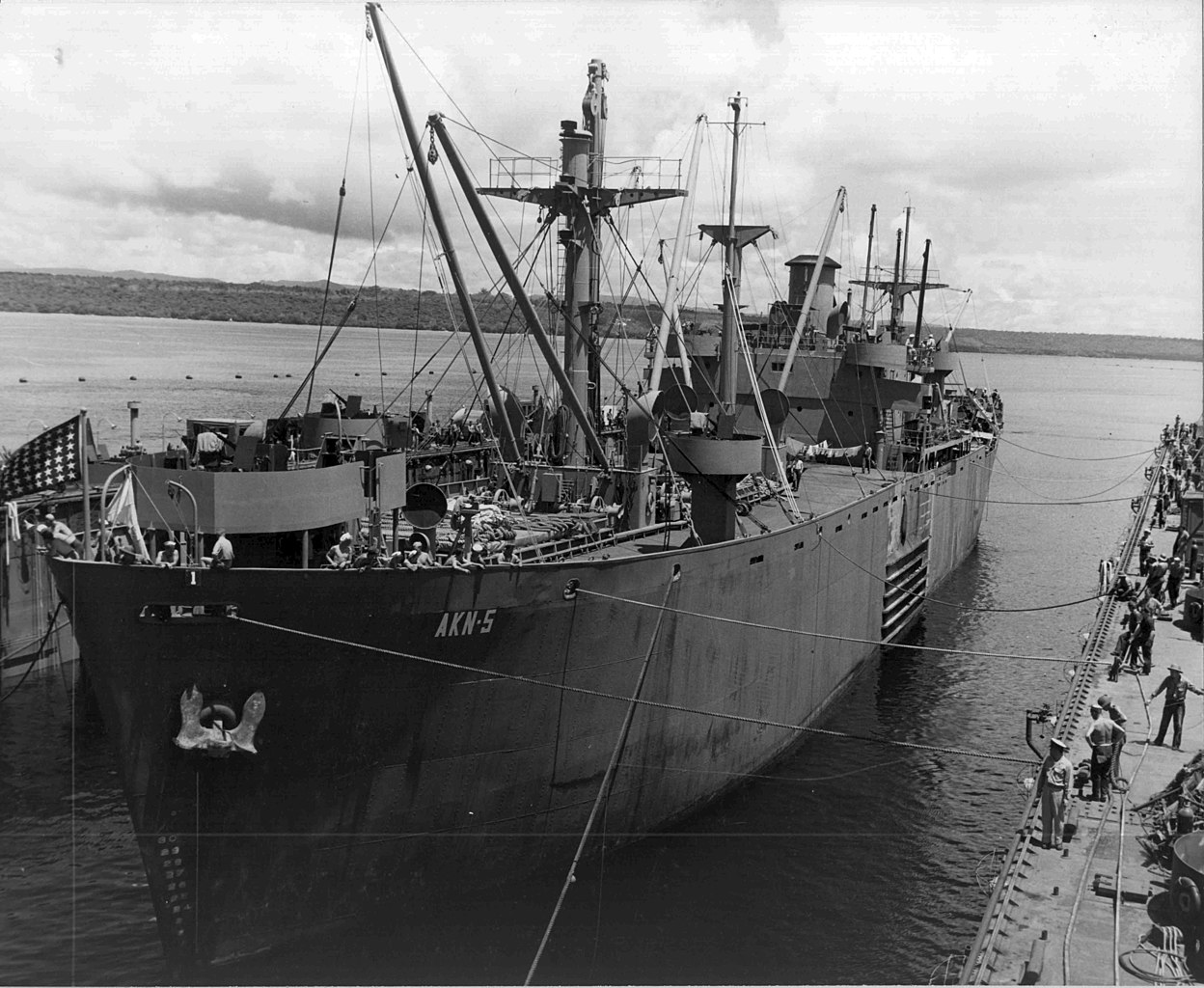
Net transport USS Zebra (AKN-5)
Nor were the hospital ships the only Liberty Ships converted to auxiliary uses. 11 became general stores ships, floating warehouses filled with things like toilet paper, typewriter ribbons, and canned food. Ten more were turned into some combination of barracks, store ship, and electronics repair ship. Four were converted to carry nets to forward bases to protect them from submarine attack, while 12 were turned into workshops for repairing the engines of landing craft. And 65 served the Navy as standard cargo ships. And two of the Liberty tankers were converted into distilling ships, fitted with apparatus to provide fresh water at forward bases across the Pacific.
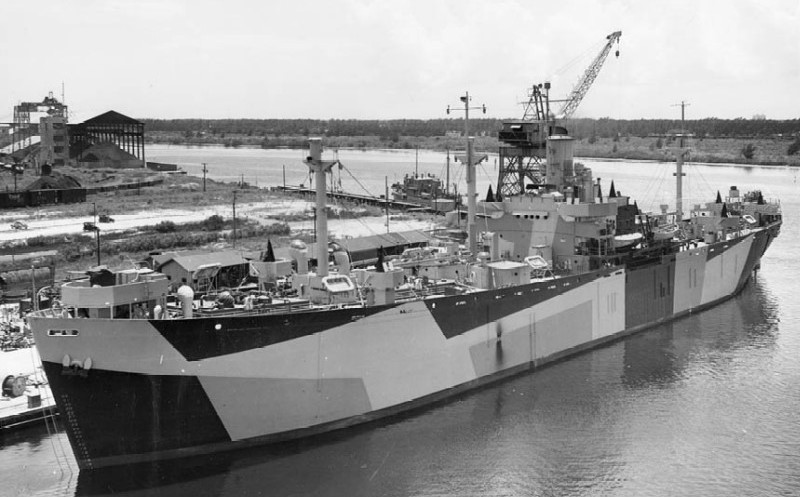
Distilling ship Stag (AW-1)
While the majority of Liberty Ships served under the American flag, some were transferred to Allied nations, primarily to take advantage of those country's excess merchant mariners, usually rendered surplus by German torpedoes. The largest recipients were the British, who got 177, all but one of which received names starting with "Sam". Other nations which received merchant ships from the US were Russia, Norway, Greece, France, Belgium, the Netherlands, Poland, Chile and China, although the ships were a mix of prewar vessels and Libertys.
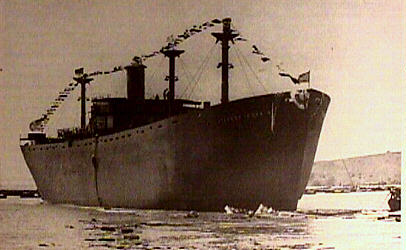
SS Stephen Hopkins
A few Liberty Ships merit special mention for one reason or another. One, Stephen Hopkins, is notable as the only US merchant ship to sink a German warship during the war. In service, most Liberty Ships carried a Naval Armed Guard to man the defensive guns, typically a medium-caliber (3"-5") weapon and a few 20mm Oerlikons. When German raider Stier came out of the fog off the coast of Africa, Hopkins' crew fought a spirited action despite being horribly outgunned. Both ships were sunk, and the survivors of the American crew spent 31 days in a lifeboat before reaching the coast of Brazil. Several aboard, both merchant and Navy, were decorated for their valor in the action.
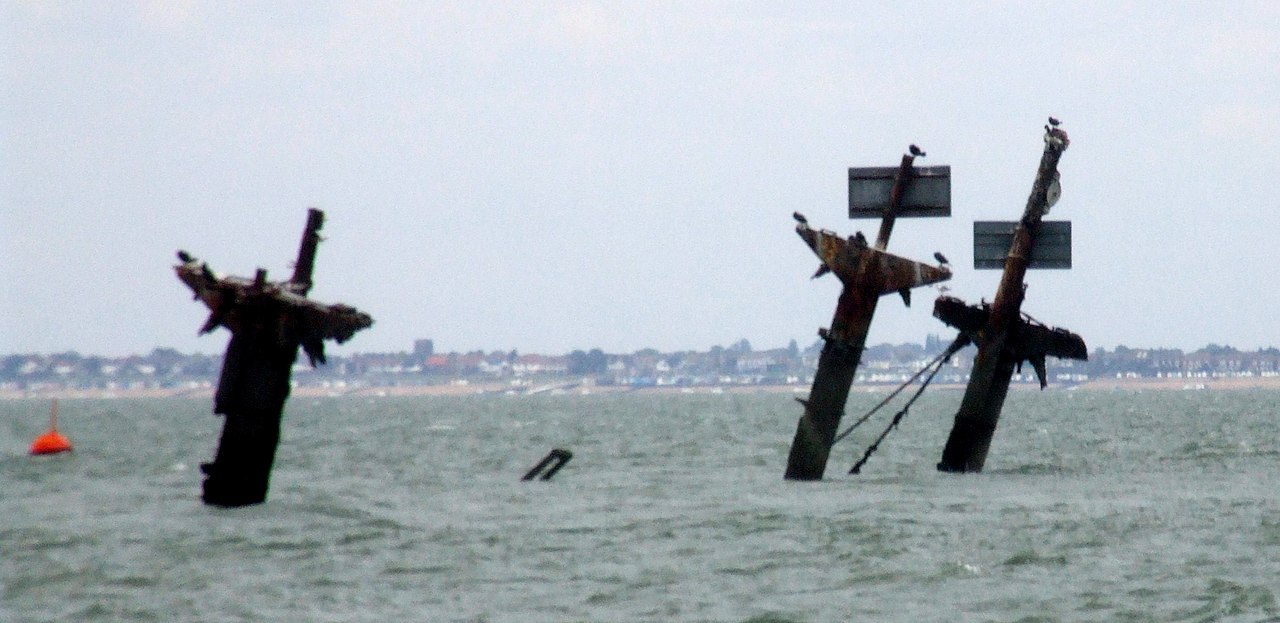
The masts of Richard Montgomery show above the Thames
Unfortunately, most other notable Liberty Ships are worth mentioning either because they exploded or because they might explode. The vessel in the latter category is the Richard Montgomery, wrecked in a storm in the Thames Estuary in August 1944 while carrying a cargo of bombs. Most of it was removed before the vessel sank completely, but about 1,400 tons remains aboard today. It's likely that there's no particular risk of an explosion, and the decision has been made to leave the ship alone. However, if the explosives were to go off, it would be one of the largest non-nuclear explosions in history, and it could do a great deal of damage to the banks of the Thames east of London.
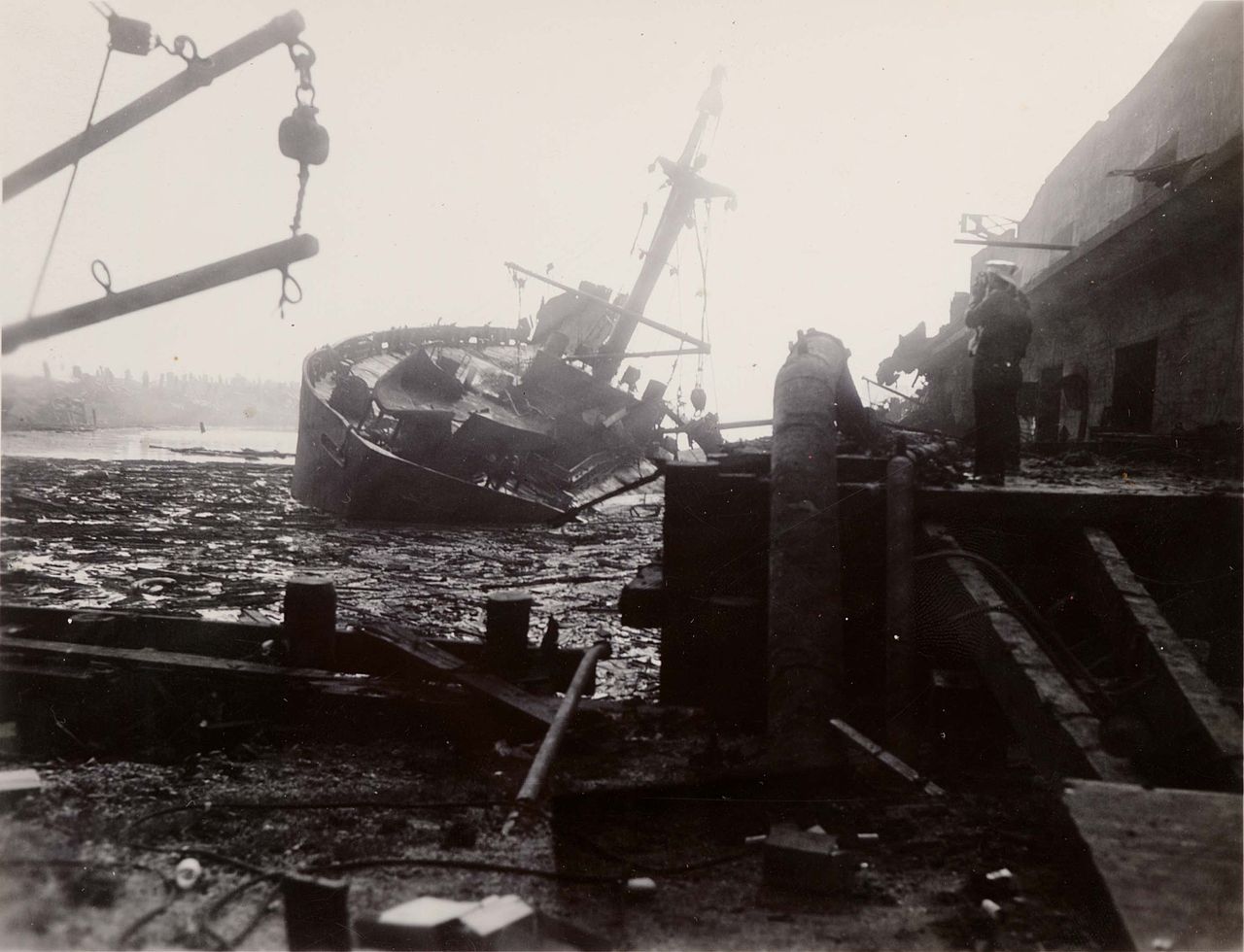
The aftermath of the Texas City disaster
Speaking of large non-nuclear explosions, Liberty Ships were implicated in two of the events on that list. The first took place in July 1944, when bombs being loaded aboard the Liberty Ship A. E. Bryan at Port Chicago California went off for reasons that have never been entirely clear thanks to the massive explosion. 320 were killed, mostly African-American dockworkers. Postwar, Liberty Ship Grandcamp (originally Benjamin R. Curtis) was loading ammonium nitrate fertilizer at Texas City, Wyoming.2 Ammonium nitrate is also known for its use in explosives, and some of the bags being loaded aboard Grandcamp caught fire. Attempts to put it out were unsuccessful, and the ship soon exploded, leveling most of Texas City and breaking windows 10 miles away. This ignited ammonium nitrate on another nearby ship, which went up several hours later. It remains the worst industrial disaster in American history, with an estimated 581 dead.
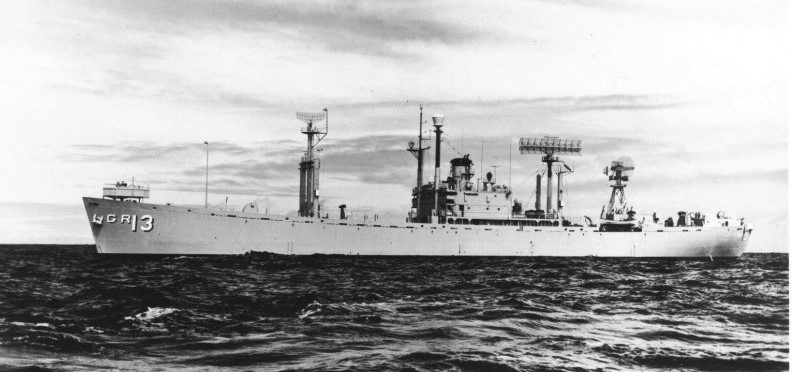
Radar picket USS Interdictor
Postwar, many of the Liberty Ships were used to help replenish the world's merchant fleet, sadly depleted by the war, although it was quickly recognized that the fleet sized to the needs of the war gave far too much capacity for peacetime. As it was, about 1500 of the 2400 surviving Libertys would either be laid up or kept in government service. The rest were split about 50/50 between American and foreign shipowners, and many remained in service until the early 1970s, far outlasting their five-year design life. The US government also made use of the vast number of hulls it had on hand, reactivating some to support the Korean and Vietnam wars, and converting others to radar picket ships to defend the coasts against Soviet bombers or electronic intelligence collectors to monitor enemy radio and radar signals. One was even turned into a floating nuclear power plant. Today, three Liberty Ships survive as museums. The John W. Brown in Baltimore and the Jeremiah O'Brien, a survivor of the D-Day invasion force, in San Francisco, both sail routinely as memorials of the vessels that bridged the seas, while the Hellas Liberty in Greece represents the ships that rebuilt the Greek merchant fleet after WWII. I've visited O'Brien, and found her extremely charming.
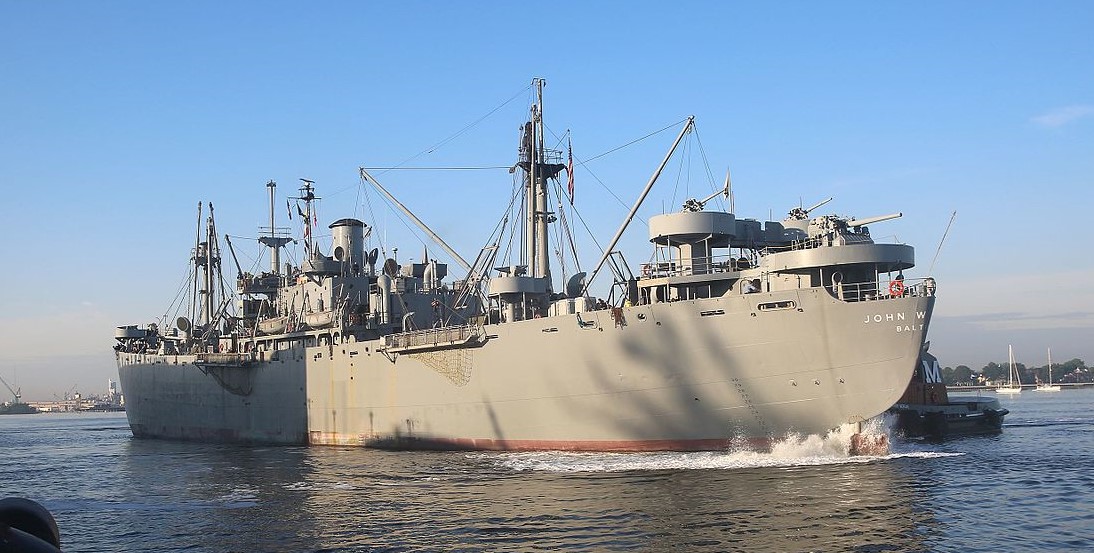
SS John W Brown finishes a voyage in 2016
But all of this is a mere footnote. The Liberty Ships are rightly remembered primarily as a symbol of American industrial might, the vessels that carried the beans and bullets which kept the Allied war effort going thanks to a sound design and a shipbuilding program of a scope unmatched either before or since. Even the later Victory Ships couldn't match them in scale or significance.
1 Statistics on cargo from this report. During 1945, overseas cargo shipments reached 8,500 tons an hour, or a Liberty every 70 minutes and 35 seconds. ⇑
2 Texas City is actually in Texas, unlike Kansas City, which is mostly in Missouri. Also, you can't get a Liberty Ship to Wyoming without a lot of engineering work. ⇑

Comments
The footnote on "Texas City, Wyoming" is...quite confusing.
What is the connection of Wyoming here? I can't find anything about wyoming on the Wiki page for the Texas City disaster, f'r'instance.
That was just a joke about the name Texas City. Nothing more complicated. The footnote is deliberately confusing as an attempt at humor, after I realized that there's at least one prominent [State] City which is in the wrong state.
And here I thought you mean this place.
https://en.wikipedia.org/wiki/Texas,_Queensland
I wonder if the John J. Meany was the ship Martha Gellhorn stowed away on when she gathered her first-hand account of D-Day.
Her collection "The Face of War" includes that piece, along with 40 years of reporting that made her not just the only journalist to be on the beaches of Normandy that day, but one of the greatest war correspondents to ever put pen to paper.
It's really a shame that lesser writer she married has been such a dragging anchor on her reputation.
She was at Normandy, not in Southern France, so it wasn't Meany. I don't know what ship was involved, as my book on hospital ships doesn't mention her.
I hadn't realized it was Liberty Ship Day and the anniversary of the first launches tomorrow/today. That explains the timing of this series!
Isn't that, like, multiple death penalty offences all rolled into one?
@echo
I really wish I could take credit for that, but no, the timing is a complete coincidence. I started writing about Liberty Ships because it seemed interesting, and had no idea when the series would finish.
@ike
Extremely unlikely. I think the punishment would be being sent home and told to stay there, nothing more. Jailing or especially killing your journalists is bad PR, even if the law technically says you can.
The Liberty Ships are, to me, such an example of the US Way Of War. The Enemy is sinking our ships with submarines at an enormous rate? Not only will we build up an entire navy dedicated to hunting down and neutralizing those submarines (DEs and CVEs) even if they're too small to do anything else later, but we will also build ships faster than they're being sunk!
Professionals not only study logistics, but wield it as a gigantic club.
That is a very good line. I may steal it in the future.
Steal away. It seems such an obvious statement to me that I can't (and won't) claim originality.
SS Richard Montgomery is interestingly one of the few Liberty Ships that still makes the news; I have a Google news alert for "shipwreck" that routinely gets articles from Britain (the Daily Express being the most common originator) discussing the TICKING TIME BOMB THAT COULD DESTROY LONDON, or discussing how some craft got too close to the DANGEROUS WRECK THAT COULD GO UP AT ANY MOMENT. It's fun!